Disclaimer: This blog post contains affiliate links. If you make a purchase through these links, I may earn a small commission at no additional cost to you. Learn More. Thank you for supporting our garden community.
How to Grow Radishes from Seed to Harvest
Radishes are one of the easiest and fastest vegetables to grow, making them perfect for beginner gardeners. Whether you want to add a crisp, peppery bite to your salads or explore unique radish varieties, this guide will teach you everything you need to know about how to grow radishes successfully.
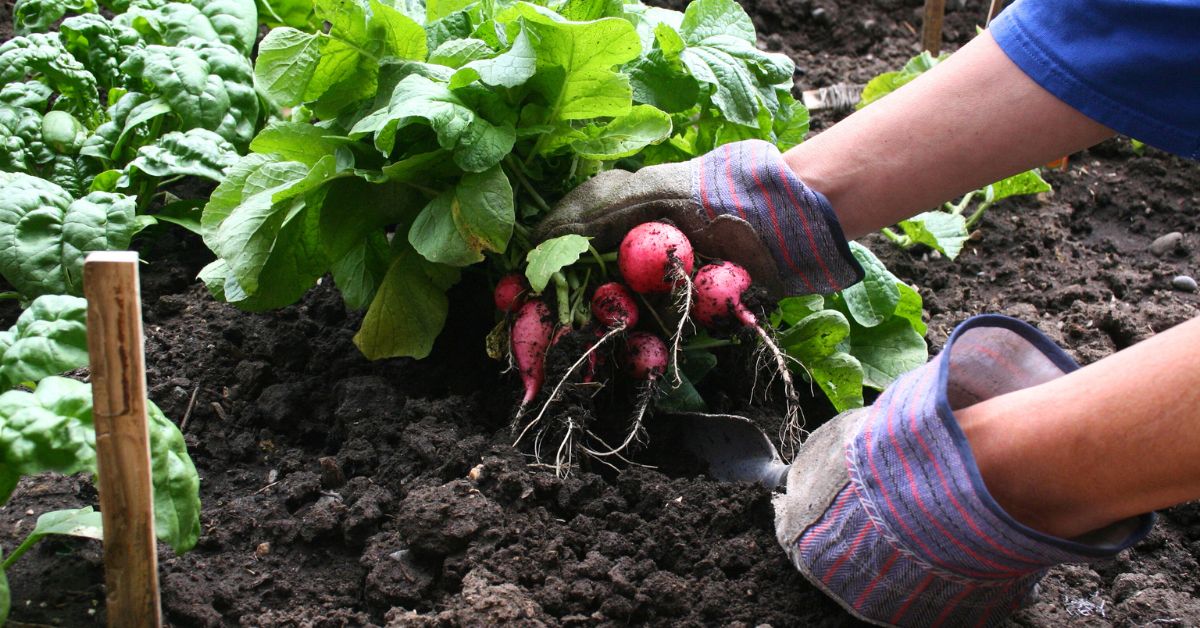
How to Grow Radishes
Radishes are a perfect vegetable crop to grow for beginner gardeners. They grow so quickly and easily, it’s almost impossible to mess up!
However, there are some things that you do need to get right when growing radishes.
The growing conditions are somewhat specific, but are easy to achieve.
So let’s get right into how to grow radishes, from seed to harvest.
Products
To buy high-quality garden seeds, check out Burpee.
For a wide selection of perennial garden plants, check out Nature Hills Nursery.
For gardening equipment, check out Bootstrap Farmer.
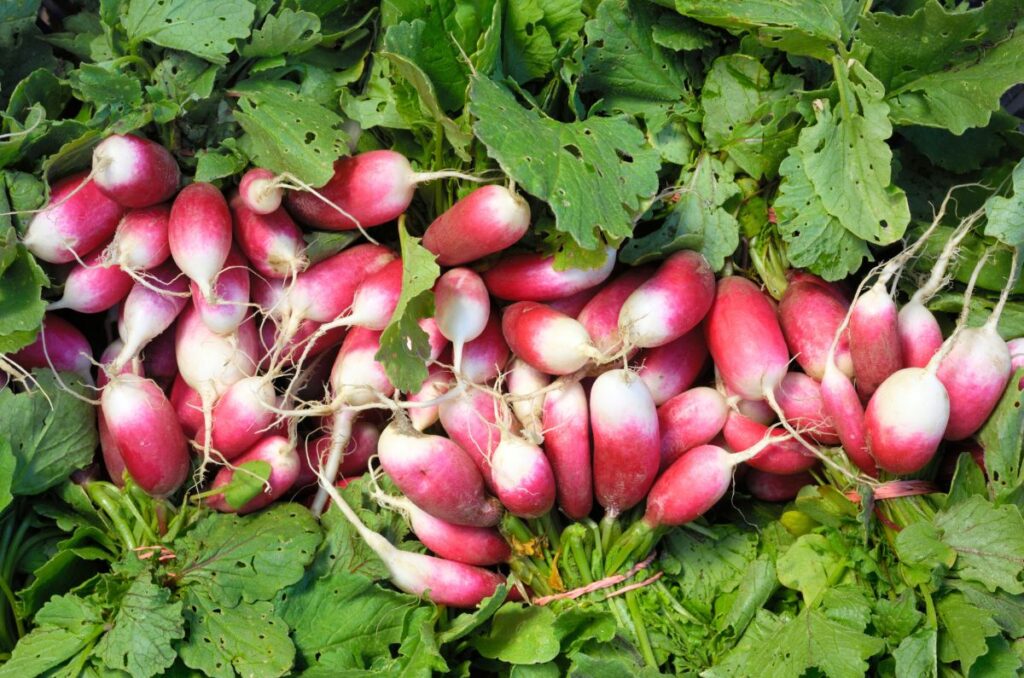
Choosing the Right Radish Variety
There are many different radish varieties, each with different sizes, colours, and days to maturity.
Here are a few of my favourite radish varieties:
- French Breakfast: 23 days to maturity. This heirloom French variety has an appealing mild taste.
- Royal Purple: 33 days to maturity. This beautiful purple variety is very quick to germinate and very crunchy.
- Burpee White: 25 days to maturity. This pure white variety has crisp flesh and a mild flavour when young.
These varieties are perfect for most climates and can be grown at any time of the year with the right care.
When to Grow Radishes
Radishes are a cool-weather crop, meaning they grow best when the weather is cooler.
If you live in a mild climate, you can grow radishes throughout the fall and winter, all the way until early summer. When summer hits, the temperature is too hot for radishes, which causes them to bolt.
In colder climates like mine, radishes grow best in the spring and early fall. Winter is way too cold in these climates for growing radishes.
However, we can extend our harvests by using cold frames or greenhouses. This helps to increase the temperature in a specific area, allowing us to grow radishes throughout the winter.
Should You Start Radish Seeds Indoors?
Because radishes are so quick to mature, there is no reason to start them indoors. You’re really just wasting your time and resources, when you could just direct-sow them and they will mature just fine.
Additionally, radishes have a sensitive taproot. If this taproot is damaged during the transplanting process, the plant will almost certainly die.
So just direct-sow your radish seeds right where you want them to grow in your garden.
Where do Radishes Grow Best?
When the weather is cool, radishes thrive in full sun. This is important because they are fast-growing crops, meaning they are ready to harvest very quickly.
If you grow radishes in too little light, their growth may be stunted. So make sure to give them as much sunlight as possible.
Can Radishes Grow in Shade?
Once summer comes, the temperatures rise too high, which may cause your radishes to bolt. This means that they will run to seed prematurely, leaving you without a harvest.
In this case, you can give your radish plants some shade during the hottest parts of the day, roughly around noon.
You can either cover them with a shade cloth, or if you’re growing in containers, you can move them under a structure.
Preparing the Soil for Radishes
Radishes are a very merciful crop, meaning they don’t need too much soil preparation and basically thrive wherever you put them.
Radishes can grow in clay-heavy soil and very sandy soil. Again, because they grow so fast, you really don’t need to worry about the soil.
But it is still good to add a nice amount of well-rotted compost or manure. This will provide the radishes with enough nutrients to grow well. It will also increase the water retention of the soil, which is perfect for radishes.
You don’t need to add any organic fertilizer; it’s just a waste for these quick growers. Save the fertilizer for your long-season crops like tomatoes and peppers.
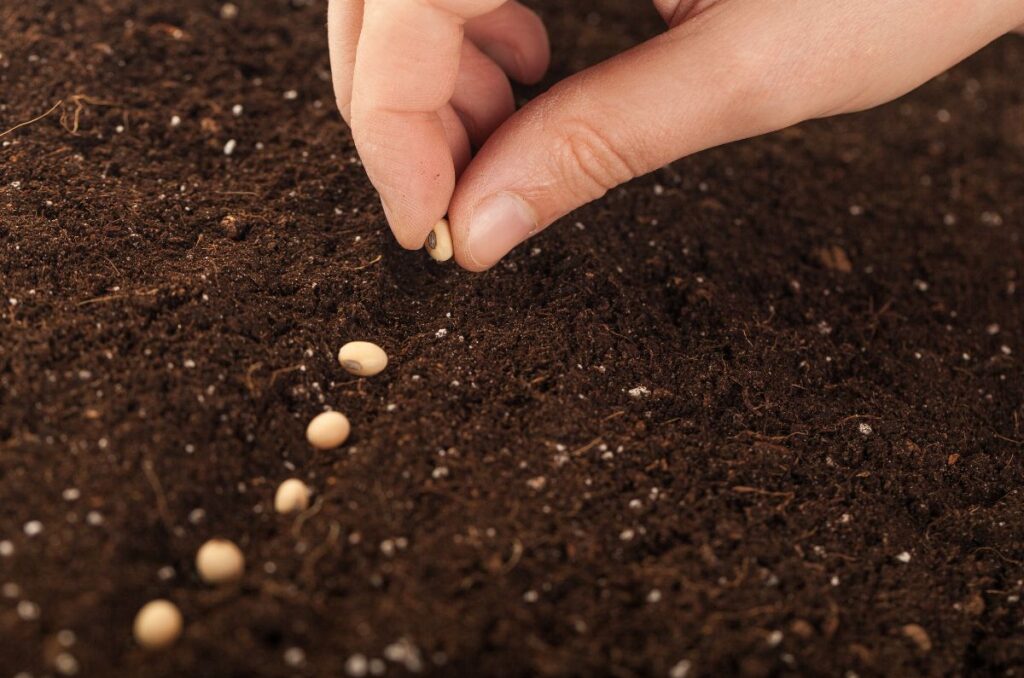
Direct-Sowing Radish Seeds
Radishes grow best when they are sowed directly into your garden beds.
Space your radishes about 1-2 inches apart. Generally, they should be spaced apart the same length as their diameter. So if they grow to only 1 inch in diameter, space them 1 inch apart.
I don’t worry too much about row spacing with radishes; they tend to grow well in large clusters.
That being said, you can also try multi-sowing. This is when you sow 3-4 radishes per hole and harvest them successively as they get larger.
In this case, space each hole about 6 inches apart. As the radishes grow together, the taproots will push each other away. This helps each plant to size up and produce a nice radish.
This can also be done with other crops like beets and onions.
Make sure to successively sow your radishes. If you think you and your family will eat 20 radishes every week, then sow 20 radishes every week. This will give you a steady supply of radishes throughout the season.
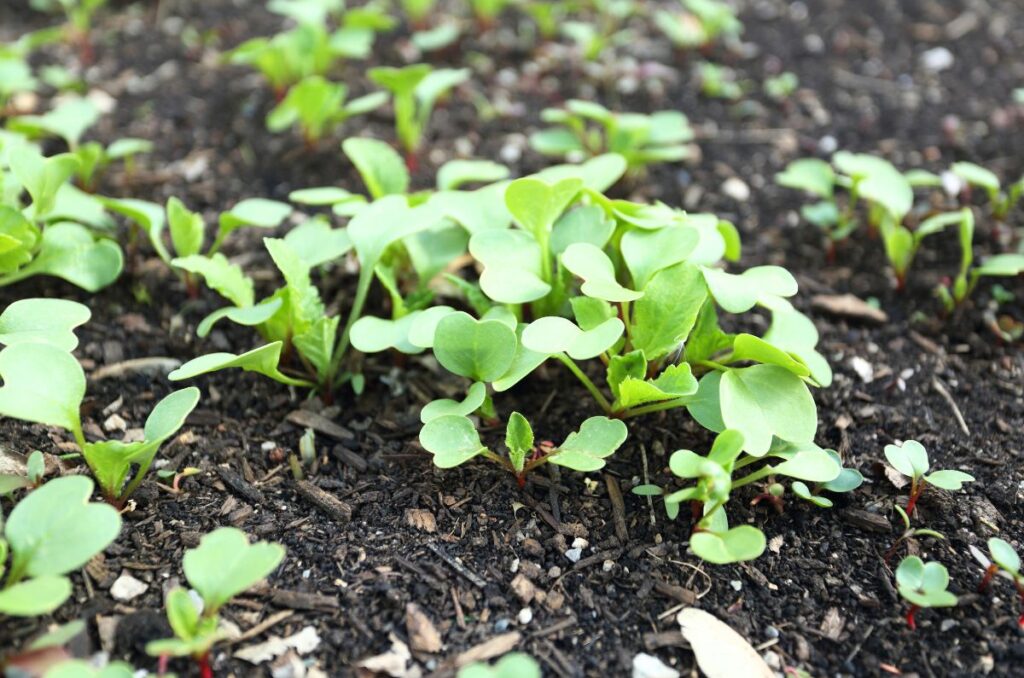
Thinning Radishes
Sometimes, radishes get sown too densely and they need to be thinned. If your plants are consistently closer than 1 inch, then you should thin them out.
To do this, wait until they have grown large enough to the point where you won’t damage the seedlings that are staying in the soil.
Pick out all of the smaller and weaker seedlings and leave the biggest and strongest ones to keep growing. Leave them to grow with the correct spacing of 1-2 inches.
Some gardeners say that you have to cut the smaller seedlings and the base instead of pulling them out. This may reduce damage to the other plants. But let’s be honest, nobody’s doing that.
Watering Radishes
To produce a crisp and sweet taproot, radishes need to be kept evenly moist. Make sure to water your plants consistently, especially in the summer.
If you let the soil dry out, the radishes will become woody and bitter. That’s not good.
Make sure to apply a thick layer of organic mulch around your radish plants. In the winter, use a dark mulch to absorb more sunlight and heat up the soil. In the summer, use a lighter mulch to reflect light and cool down the soil.
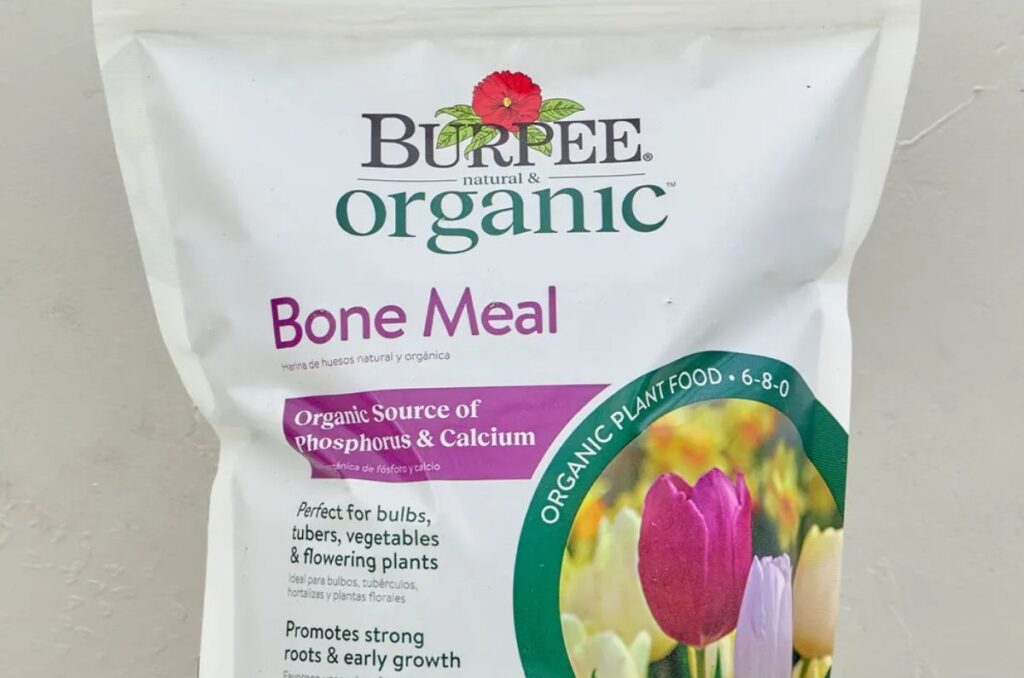
Fertilizing Radishes
Like I said before, radishes don’t need much fertilizer because they grow so quickly. Compost or manure added to the soil before planting is usually enough to keep them growing well.
If you are going to add a fertilizer, use one that is high in phosphorus. Phosphorus supports healthy root development, meaning your radishes may benefit from it.
I like to use Burpee’s organic bone meal fertilizer. Just sprinkle some onto the surface of the soil once you thin the radishes. Then water it in.
What do Radishes Grow Well With?
Radishes are a great companion plant for most other vegetables, simply because they are so small and grow so quickly.
They can be planted with other root crops, or around your long-season vegetables to fill in the space.
What Not to Plant Next to Radishes
Some crops, like cabbage, broccoli, Brussels sprouts, and cauliflower, attract the same pests as radishes. This includes aphids, cabbage moths, and others.
If you plant radishes near these crops, then you risk your entire crop being destroyed by these pests. When one crop is attacked, then they can easily move to the other crops in the area.
So keep your radishes away from the brassica plants.
Common Radish Growing Problems:
Here are some things that might happen to your radishes if you miss some care requirements:
- Radishes are too small: Overcrowding can prevent proper root development, so make sure to thin the seedlings early to give them enough space to grow.
- Radishes are too woody: If you let the soil dry out too much or you leave them in the ground too long, they may become woody and bitter.
- Lots of leaves but no radishes: This is caused by too much nitrogen in the soil, which promotes leaf development. Use less nitrogen and more phosphorus.
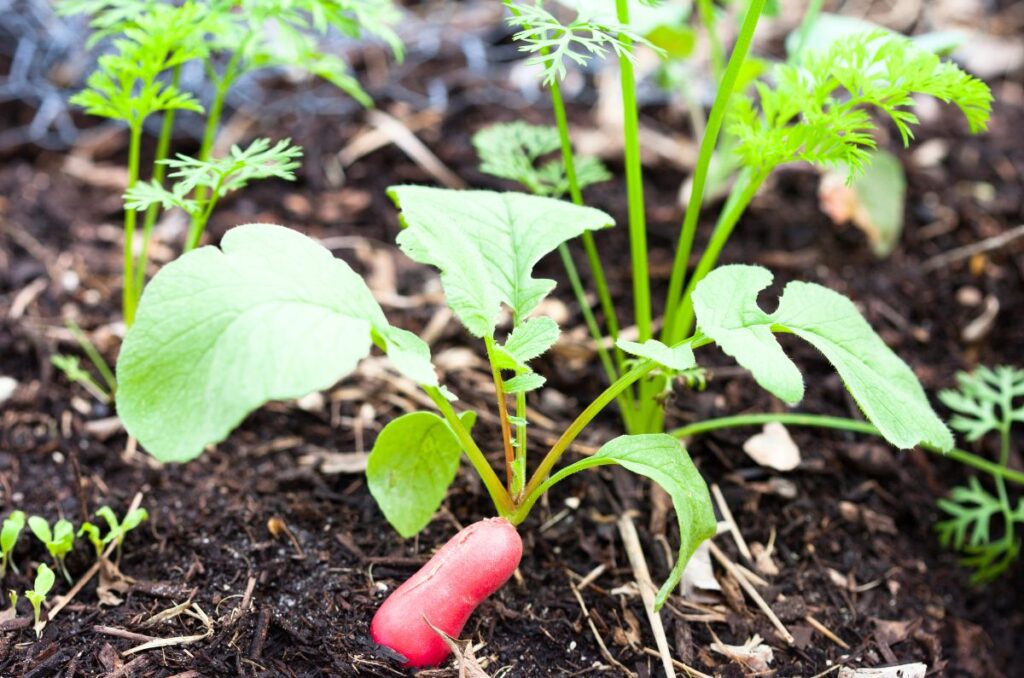
Harvesting Radishes
The biggest mistake gardeners make with radishes is leaving them in the ground too long. After a month, they are ready to go!
They may get slightly bigger after a month, but they will become too bitter to be enjoyable.
Check the seed packet to see how many days the variety needs to mature. Some need 25, some 30, and some 40-50.
Harvest them as soon as they reach their full size; there’s no need to wait.
Some signs of this are when the leaves are about 6-8 inches tall, when the taproot is about 1-2 inches in diameter, and when the top of the root pokes out of the soil.
If your radishes were multi-sown, you should harvest the largest roots first, leaving the other ones in the ground to keep growing.
If you correctly sowed your radishes in succession, you should be harvesting radishes every week for the rest of the growing season.
The leaves of radishes are also edible, so use them in any raw or cooked preparation the same way you’d use spinach.
Frequently Asked Questions
Some people try to grow radishes from the tops of radishes from the grocery store. However, these won’t produce new radishes, just some leaves.
Most radish varieties mature in about 30-40 days. Larger varieties may take 50-60 days, while smaller ones may only take 20-25 days.
Radishes and carrots grow very well together. They occupy different areas in the soil, with carrots growing deeper than radishes. This means they won’t compete as much for resources. Additionally, radishes mature quicker, meaning they can be harvested to allow the carrots to continue growing.
Radishes are a perfect plant to grow in pots, containers, and grow bags. Their shallow roots don’t need too much space in the soil.
Just make sure that the weather is cool and the soil is consistently moist. These are the best tips for growing radishes quickly.
Because they mature so quickly, radishes can be grown at any time of the year. During the summer, just try to give them some shade during mid day. This will give them some time to cool down.
Even More Gardening Ideas
Here are a few more posts to help your garden ideas take root:
- Why are my Seeds not Germinating?
- How to Grow Onions Perfectly Every Time
- 20 Fast Growing Vegetables to Harvest in Under 60 Days
If you liked this article, make sure to share it with your friends and family members who are also looking to grow a productive vegetable garden. Also, consider signing up for our email newsletter; don’t worry, we won’t send you spam, just fresh gardening ideas every week!
If you want to learn more about vegetable gardening, check out The Real Gardener on LinkedIn, YouTube, and Pinterest.
Pin this post for later:
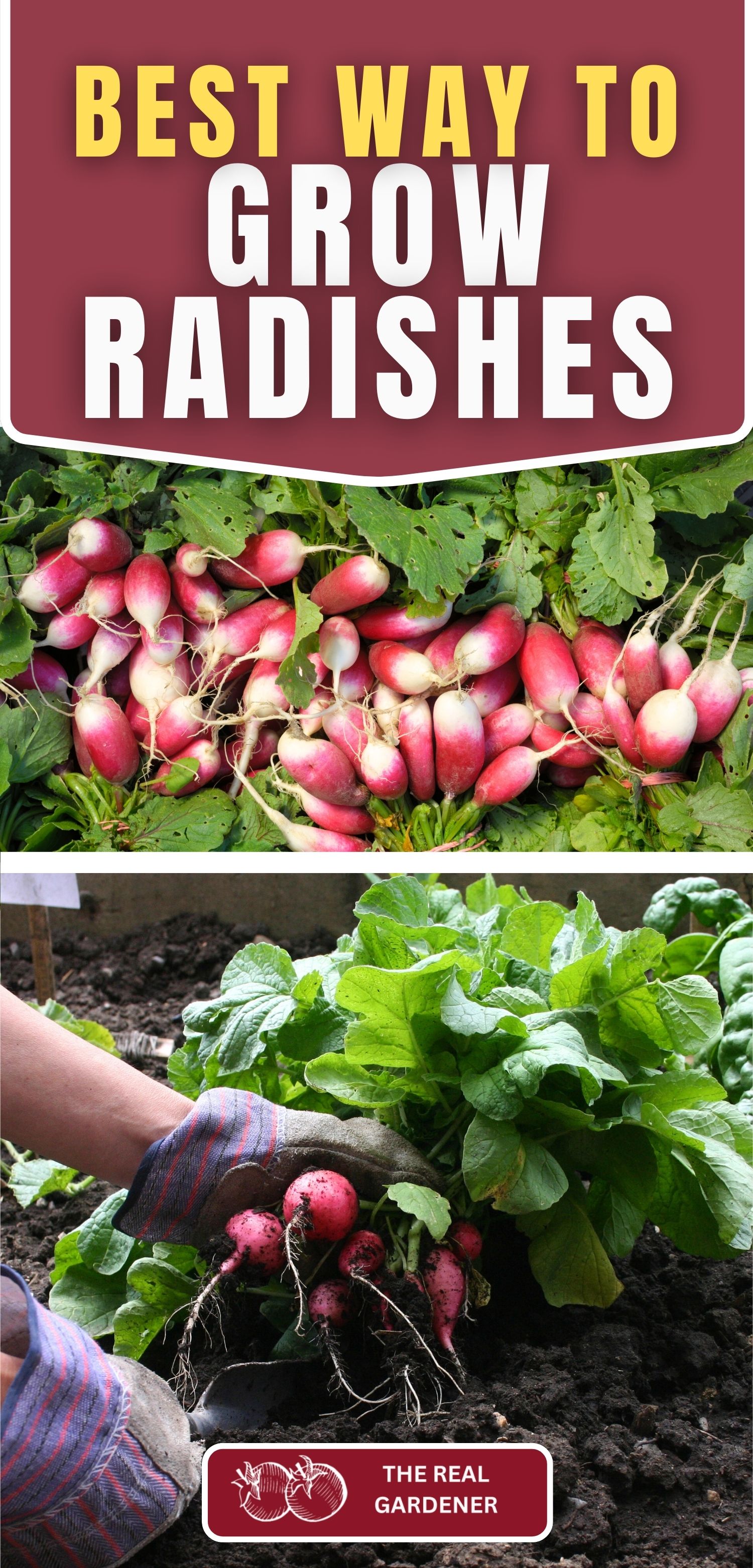
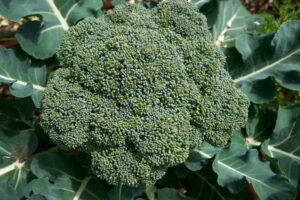
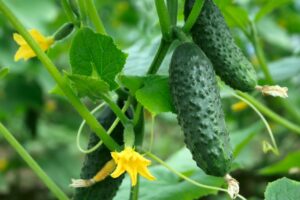


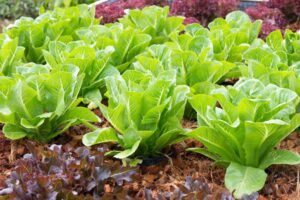
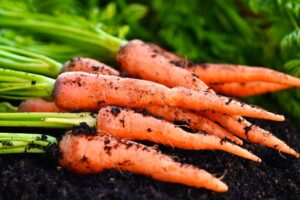
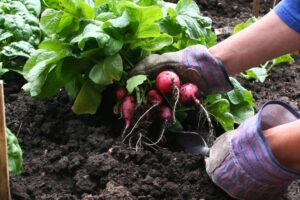
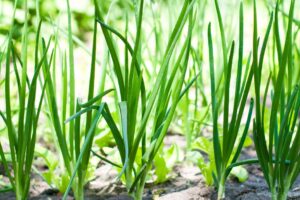
Leave a Reply